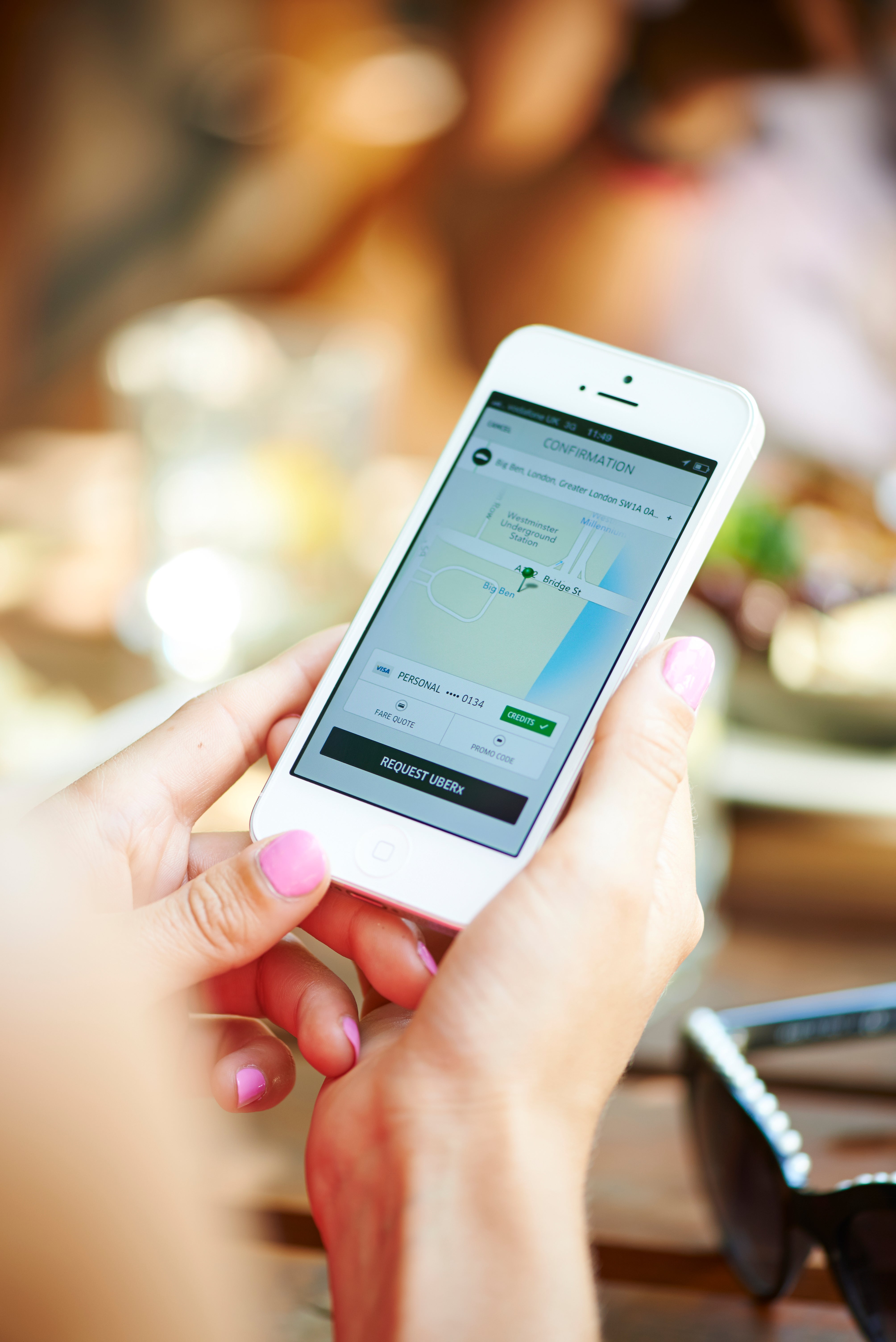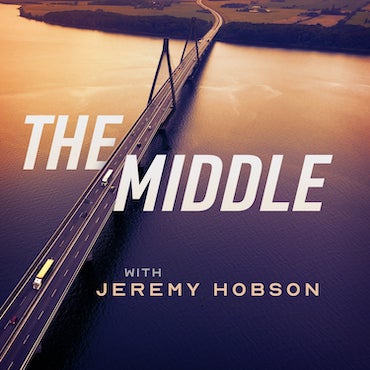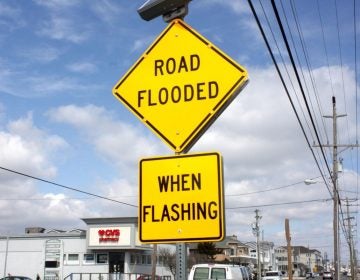Temple Profs: UberX lowers DUI deaths

Does the expansion of ride-hailing services like UberX reduce drunk driving? According to two Temple professors, the answer is yes, and for the first time, they have the rigorous numbers to prove it.
According to analysis by Brad Greenwood and Sunil Wattal of the Fox School of Business, the introduction of UberX led to a 3.6 to 5.6 percent reduction in drunk driving deaths in California cities. But that reduction largely disappeared when surge prices were likely in effect, and never really materialized following the introduction of Uber Black, the more expensive, premium version of the service (although there was some reduction in larger cities).
In other words, drunks are cheap, lazy bastards who are marginally less likely to do something stupid when you provide more easy and inexpensive transportation options.
The research comes at an opportune time. Right now, the arguments over Uber and other so-called gig-economy companies are heavy on rhetoric, light on data. As Wattal told PlanPhilly: “There is so much argument that’s happening, and none of it is based on rigorous analysis, and that’s problematic.”
Uber attributes its massive growth and popularity to a platform technology that efficiently connects drivers with passengers, reducing the large search costs commonly associated with hunting down a taxi. But critics point to the company’s exploitive labor practices and blatant disregard for taxi regulations to explain its competitive advantages.
As regulators and society try to figure out how to treat ride-hailing companies, Uber and MADD have claimed that the service led to reductions in drunk driving, but those studies struck some as suspect.
RHETORIC BEFORE DATA, NEVER MORE ERRATA
Last summer, a Pittsburgh-based computer scientist performed a simple analysis suggesting Uber reduced DUI arrests in Philadelphia. PlanPhilly noticed, and then so did Wonkblog, leading to a few more amateur statisticians to add their own work to the thin corpus on the subject.
All the journalists and hobbyists could honestly say was that Uber was possibly having an impact on drunk driving, maybe. Correlations between Uber’s introduction and reduced incidents of drunk driving were found, but too many uncontrolled independent variables remained to suggest causality. So, we were left to speculate.
“If we’re going to have these debates,” says Wattal, “they shouldn’t be speculative.”
Wattal and his co-author, Greenwood, said they decided to look into this issue after Greenwood attended a wedding in Washington D.C.
“I had too much to drink,” said Greenwood, “and Uber took me home.”
“I literally emailed myself that night: ‘Uber. Drunk Driving.’”
Sobered up and back at Temple, Greenwood discovered the less-than-rigorous research by outlets like PlanPhilly and realized he and Wattal could do a better job quantifying Uber’s effect on drunk driving.
The Temple professors decided to test their theories by running the numbers using data from the California Highway Patrol. They stuck to looking at UberX and Uber Black because they have been the first mover in most cities, and so had the largest networks of users. Network effects matter here: the professors found lags of around 9 to 15 months between UberX’s introduction and a significant reduction in alcohol-related traffic deaths, which they attributed to the time it took to create robust networks of drivers and patrons.
They decided to focus on alcohol related driving deaths rather than DUI arrests because deaths were reported more quickly in the statistics, meaning there was more data to work with there.
The professors looked at DUI death trends before and after the introduction of UberX and Uber Black across different California cities using a statistical method called difference in difference estimation. Because the services were introduced in different cities at different times, it allowed the professors to control for other factors, like general reductions in driving or safer-designed cars, that might also explain the effect. Given that most other factors would affect the DUI death trends broadly, the method allows for the inference of a casual relationship, not unlike how lab experiments work.
And because “that sounds about right” makes for a lousy hypothesis, Greenwood and Wattal blended a pair of theories—platform and rational choice theory—to help explain why some tipplers needed the no-tips-allowed service to tip the scales towards not driving.
DRUNK DRIVING: CAN MAKE SENSE IN THEORY; IN PRACTICE, NOT SO MUCH
Platform theory describes how the creation of information system platforms, like creating a psychical market, reduces search costs and helps sellers find buyers. In the Uber context, it helps connect would-be drivers with would-be passengers via a mobile phone app.
In microeconomic models of human behavior, time is very much so money, and economists tend to build models assigning a monetary value to time spent doing anything, including waiting around for a cab.
That brings us to the rational choice theory, which applies microeconomics to our decision-making. Basically, when we’re trying to decide whether to do something or not, we do a mental cost-benefit analysis, weighing the pros and cons of the various options we face.
We do this even when we decide to do something as seemingly irrational as drunk driving, “People rarely commit crimes out of individual psychoses,” said Greenwood.
When individuals decide to commit crime, it’s because it made sense to them at the time. That doesn’t mean it actually makes sense: when the blotto decide to play the drunk driving lotto, they often underestimate how impaired they are, or might not know that just down the road a DUI checkpoint awaits them.
When the guy who drove to the bar spills out of it after last call, he faces a decision. Assuming home is too far to walk and public transportation isn’t a realistic option, that choice boils down to either driving themselves or hiring a taxi or other driver.
On one hand, they know a taxi or Uber might cost $15. With taxis, you can add the search costs – trying to hail cab outside a bar. A priori, estimated search costs are highly uncertain, and people react differently to uncertainty. Some are more comfortable with uncertainty than others; a lone girl might feel a bit more terrified about the prospect of waiting some undeterminable amount of time late at night for a cab than a group of rugby guys. Both Uber Black and UberX reduce those search costs and virtually eliminate uncertainty.
But leaving your car at the bar means you have to go back and get it the next day. That means incurring opportunity costs—you can’t do whatever you planned on doing tomorrow because you’ll be schlepping back to the bar—and probably the costs of another cab or Uber.
There is also the risk of getting into an accident, but the cost of that gets reduced significantly because the probability is objectively low – Americans get into about 1 accident per 3 million miles driven – and relatively much lower than you in your sloppy state.
Compare the other side. Driving will only cost you, concretely, a bit of gas (and unless you drive a massive gas guzzler, you probably don’t include this cost in your mental calculus). So, really, you’re just estimating how much getting into a car crash or arrested for drunk driving will cost you, discounted by the likelihood you make it home without incident.
Further complicating this calculus is the fact that people can sometimes be risk-adverse or risk-preferring. When asked if they want to bet $50 on a coin flip for the chance to win $100, the perfectly rational homo economicus would be indifferent: he’d have to flip a coin to decide whether to flip the coin. But most of us will be either risk-adverse, meaning we’d say no, or risk-preferring, meaning we’d go for it. Risk preferences aren’t static, changing based on context and personal situations.
In the drunk driving context, the risk-preferring person is more likely to take his chances behind the wheel.
And, as it turns out, alcohol lowers inhibitions and reduces thought processes. In other words, it makes you more risk-preferring and less likely to perform your mental cost-benefit analysis accurately.
The professors findings—that UberX caused a 3.6 to 5.6 percent reduction in drunk driving deaths but no real reductions when surge pricing was in effect, and that Uber Black barely had an impact—suggests that to the booze-addled brain search costs and uncertainty don’t matter as much as simple dollar figures.
That makes sense. We’re terrible at assessing risks when we’re sober; when you bolster confidence with booze, imbibe away inhibitions and drown logic in liquor and threat-level assessments are asinine. But even when in his cups, the drunkard can appreciate simple arithmetic. And when Washington DC expanded its late night public transit options, DUIs and drunk driving deaths dropped, suggesting further that monetary costs are more important to the buzzed brain than time and uncertainty.
So is it fair to say that drunks are cheap?
That’s not exactly right, said Greenwood. “It just doesn’t encapsulate the full story. Drunks are price discriminatory, as evidenced by the fact that people stop drinking Yards and start drinking But Lite after a few beers.”
But isn’t that just rational? You can’t taste anymore after a bunch of beers!
“There you go,” said Wattal.
“That’s rational choice theory!” added Greenwood.
WHYY is your source for fact-based, in-depth journalism and information. As a nonprofit organization, we rely on financial support from readers like you. Please give today.





